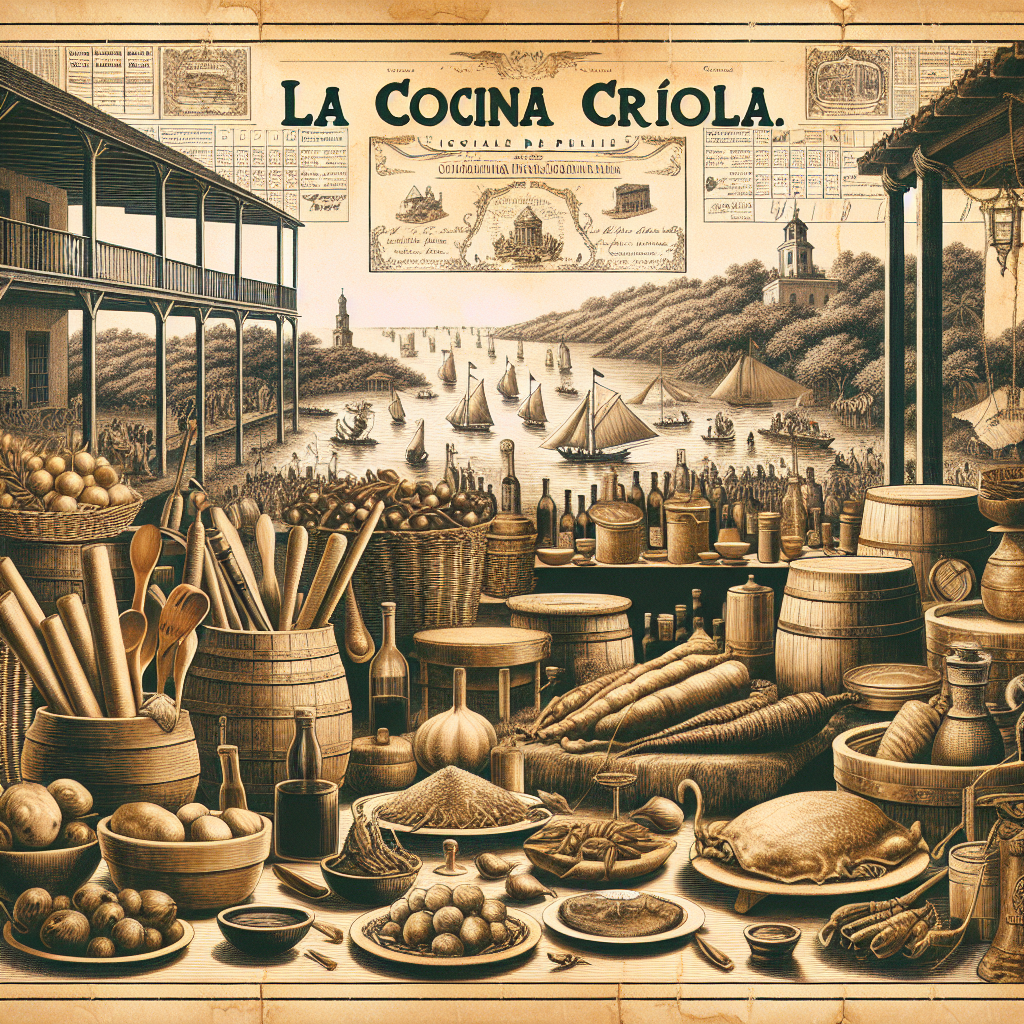
Creole cuisine is like a well-conducted orchestra, where ingredients from far and wide come together in harmonious synchronization to create symphonies of flavor that delight the senses. This savory sizzle of history, culture, and taste traces back to the late 17th century in New Orleans, Louisiana, where a melting pot of French, African, Spanish, and Native American influences combined to birth this tantalizing food tradition. But why, you ask, is Creole cuisine worthy of such enthusiastic exploration? Simply put, it encapsulates the spirit of human adaptability and creativity, showing how diverse cultures can blend beautifully to create something utterly unique and deeply satisfying.
The Heart of Creole Cuisine
The essence of Creole cuisine lies in its blend of influences from the various cultures that have come together over the years. These influences are primarily French, Spanish, African, Italian, German, Caribbean, and Native American. The fusion of these cuisines reflects a shared culinary history that celebrates the ingenuity of the human spirit.
At its core, Creole cooking is a reflection of the New Orleans area, characterized by the use of local ingredients such as tomatoes, rice, seafood, sausage, and spice blends. This distinct mélange creates dishes that are bursting with flavor and color, offering a celebration of taste and tradition.
Key Ingredients and Techniques
The backbone of Creole cuisine is the 'holy trinity' of vegetables: onions, bell peppers, and celery. This trinity, akin to the French mirepoix, forms a flavor base for many Creole dishes. Furthermore, spices play an integral role, with cayenne pepper and paprika often being the stars of the show.
Roux
One cannot speak about Creole without mentioning the roux—a mixture of flour and fat cooked together. This technique is borrowed from French cuisine and is used to thicken many Creole dishes like gumbo. However, in Creole cooking, the roux is often cooked longer until it turns a deep brown, adding a rich, nutty flavor to the dishes.
Seafood
Being coastal cuisine, Creole often features seafood prominently. Shrimp, crab, crawfish, oysters, and fish are commonly used, highlighting the region’s natural resources.
From Jambalaya to Étouffée
Two pillars of Creole cuisine are jambalaya and étouffée, each deserving their own spotlight. Jambalaya is a one-pot rice dish that showcases the harmony of meats, seafood, and spices. There are two main versions: Creole-style (tomato-based) and Cajun-style (no tomatoes).
Étouffée, which means 'smothered' in French, is a dish where the main ingredient, often shrimp or crawfish, is cooked in a flavorful roux and served over rice. It embodies the rich, deep flavors characteristic of Creole cooking.
The Creole Table Experience
Dining on Creole cuisine is as much about the experience as it is about the food. It’s an opportunity to sit around the table with friends and family, share stories, and enjoy the culinary journey that each dish represents. Music, particularly jazz, often accompanies such gatherings, enriching the overall experience.
More Than Just a Meal
Creole Cuisine isn’t merely a collection of recipes; it’s a testament to cultural resilience and synthesis. It’s the edible history of a city and its people who, through hardship and joy, created something remarkable. Each spoonful of gumbo or bite of jambalaya holds a story that transcends borders and centuries.
Creole vs. Cajun: Clearing the Confusion
While both Creole and Cajun cuisines share similarities and are representative of Louisiana’s rich cultural tapestry, they are distinct from each other. Creole cuisine is often described as 'city food' with its roots in New Orleans and influences from urban settlers. In contrast, Cajun cuisine is more rustic, deriving from the French-speaking Acadian people who settled in rural Louisiana.
In simple terms, think of Creole as a symphony of cultures coming together in an urban setting, while Cajun is the unison of color and flavor from the countryside.
Where to Experience Creole Cuisine
To truly appreciate Creole cuisine, one must visit its birthplace, New Orleans. The city offers a plethora of options, from historic restaurants to street food vendors, each serving authentic Creole dishes with a side of Southern hospitality.
Some iconic places to explore are the French Quarter and on the historic streets like Bourbon and Royal. Dining in these areas not only offers a taste of Creole food but also an immersion into the rich cultural and historical tapestry of New Orleans.
The Evolution Continues
Despite its deep historical roots, Creole cuisine is not static; it continues to evolve, adapting to modern tastes while preserving its essence. Chefs today are embracing the traditional while pushing boundaries with new ingredients and ideas, ensuring Creole cuisine remains as vibrant as ever.
A Celebration of Cultural Interconnection
Creole cuisine is more than just about taste—it's an invitation to explore a way of life that celebrates diversity and resilience. It is a vivid demonstration of how different cultures can come together, blend, and create not just food, but an experience steeped in history and joy. As we celebrate Creole food, we celebrate the unending human capacity for ingenuity and harmony in diversity.

